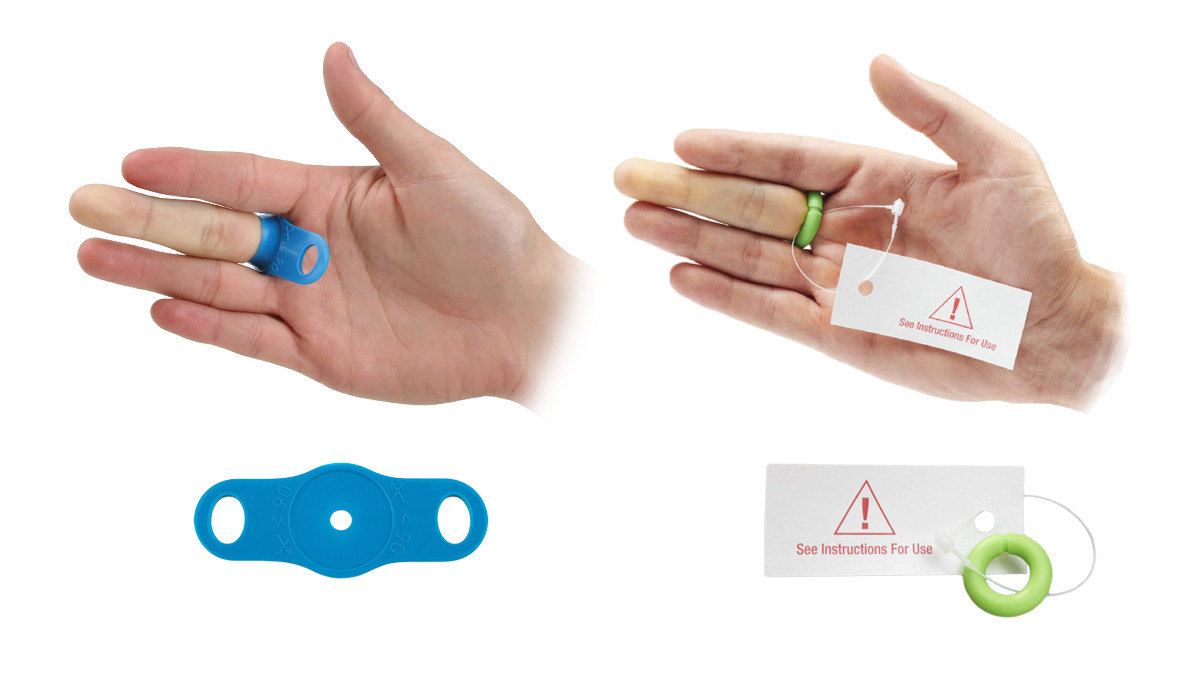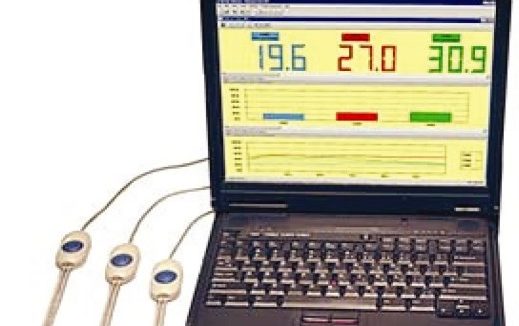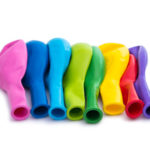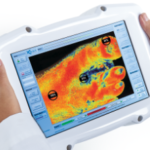Digital Tourniquet Pressure:
Clinicians often ask whether Mar-Med’s Tourni-Cot and Uni-Cot digital tourniquet devices apply safe amounts of pressure when in use on a finger or toe. This is an understandable concern in our litigious climate, because excessive pressure can cause discomfort to the patient and even neurovascular injury. Fortunately, clinicians can rest easy using the Tourni-Cot or Uni-Cot with their track record and evidence of safety, which I’ll explain further below.
What is Safe Pressure and Duration:
The safety and efficacy of tourniquet pressure requires consideration of surface pressure as well as internal vessel or nerve pressure. In order to occlude a vessel, the pressure imparted on it must be greater than the patient’s systolic blood pressure. However, because tourniquet pressure dissipates as it moves internally from the skin to the vessels, surface tourniquet pressure must be greater than the systolic pressure to be efficacious, especially as that distance increases. While the literature is not yet conclusive, lower pressure on a nerve is considered safer and safe surface pressure is generally considered between 200-300mmHg. Surface pressure above 500 mmHg has been shown to cause nerve injury. It’s important to keep in mind that the literature also shows nerve injury is correlated with duration of uninterrupted tourniquet use with a max duration of 2-3 hours recommended.
Tourni-Cot Pressure:
Before its release in 1989, Dr. Marogil used Tourni-Cot prototypes to perform pressure testing directly on patients with transducers then available at the hospital. The data was used in formulating the Tourni-Cot sizes still in use today. In May 2011, the Western Journal of Emergency Medicine published “Comparison of Pressures Applied by Digital Tourniquets in the Emergency Department”, Lahham et al. They sought to evaluate commonly used methods like the penrose drain, rolled glove and more using Tekscan pressure sensing equipment. They concluded that “Only the Tourni-cot and T-Ring provided hemostasis at safe pressures across all digit sizes…”. A link to the article describing their method is included below.
Uni-Cot Pressure:
The single size Uni-Cot was designed to apply safe pressure on a wide range of digit sizes. This is possible because we use a specific silicone with great elastic properties. Also, the pressure applied by Uni-Cot is spread out over the surface area in contact with the digit (Pressure = Force / Surface Area). The Uni-Cot’s disc shape conforms to the digit so that the larger the digit, the more surface area it contacts. For verification, we also performed pressure testing on the Uni-Cot similar to the testing described in the Western Journal article. At the University of Michigan’s Engineering Lab with Tekscan pressure sensing equipment, we found the Uni-Cot imparting similar surface pressure to the Tourni-Cot and T-Ring devices studied by Lahham et al.
Conclusion:
Tourniquet pressure is a serious consideration for clinicians, and not all digital tourniquet methods are considered safe. Digit cases are typically shorter in duration, which may mitigate the risk of tourniquet pressure to some degree. The Tourni-Cot and Uni-Cot have undergone testing to validate safe pressure. And with 30+ years of combined Tourni-Cot and Uni-Cot usage, in millions of cases around the world, Mar-Med is confident in the safety of the pressure applied by these devices.







